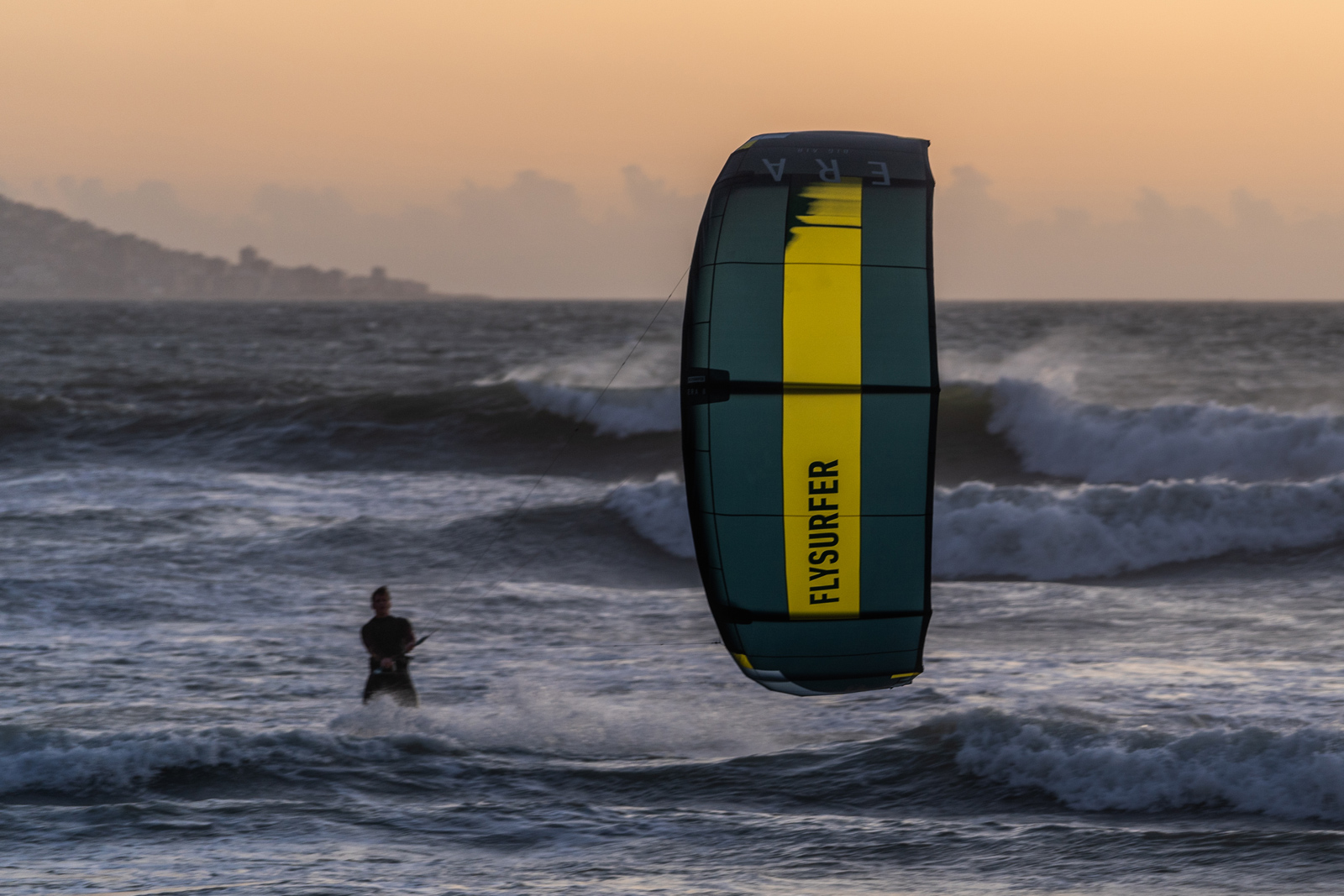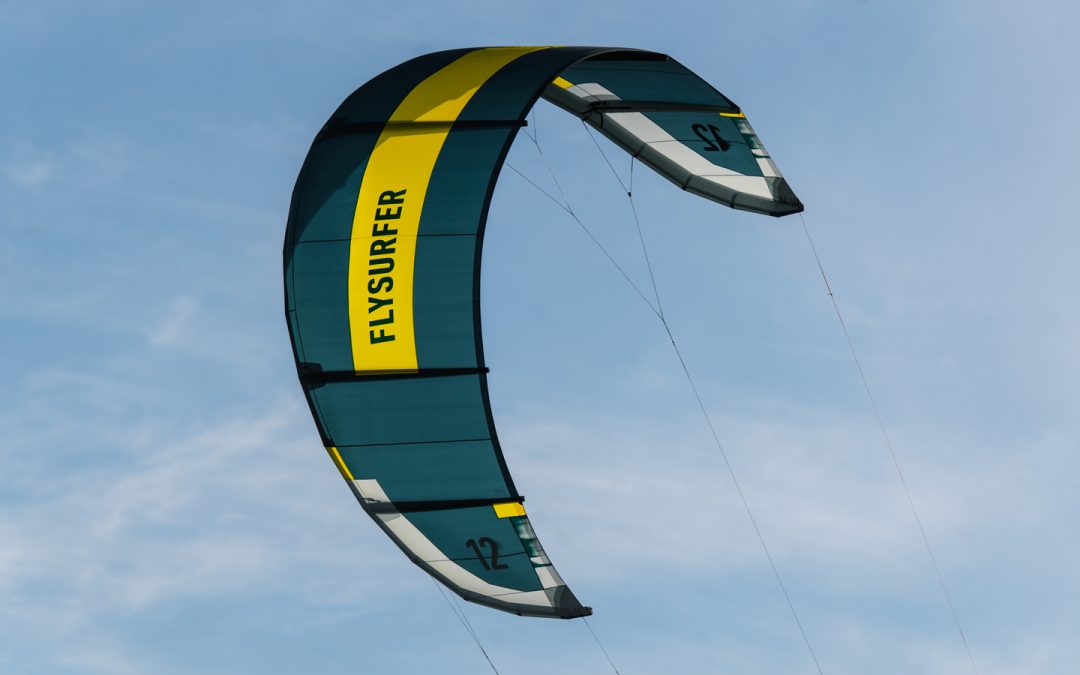Which materials did you decide to use for the ERA to make it suitable for the strong winds needed for Big Air?
The ERA was tested with all available materials. We could only ensure the high turning speed that makes the kite unique with Dacron and D2. We still know we are responsible for our customers, so the sport must remain affordable and accessible. Our material mix has been tested for sustained performance and longevity over a decade of training use. We always see kite design as an overall concept.
Depending on the requirements, compromises must be made to achieve the best comprehensive package for the target group. Stiff or rigid material cannot be equated with performance and control in strong winds. Instead, the kite feels different, more restless, or sporty.
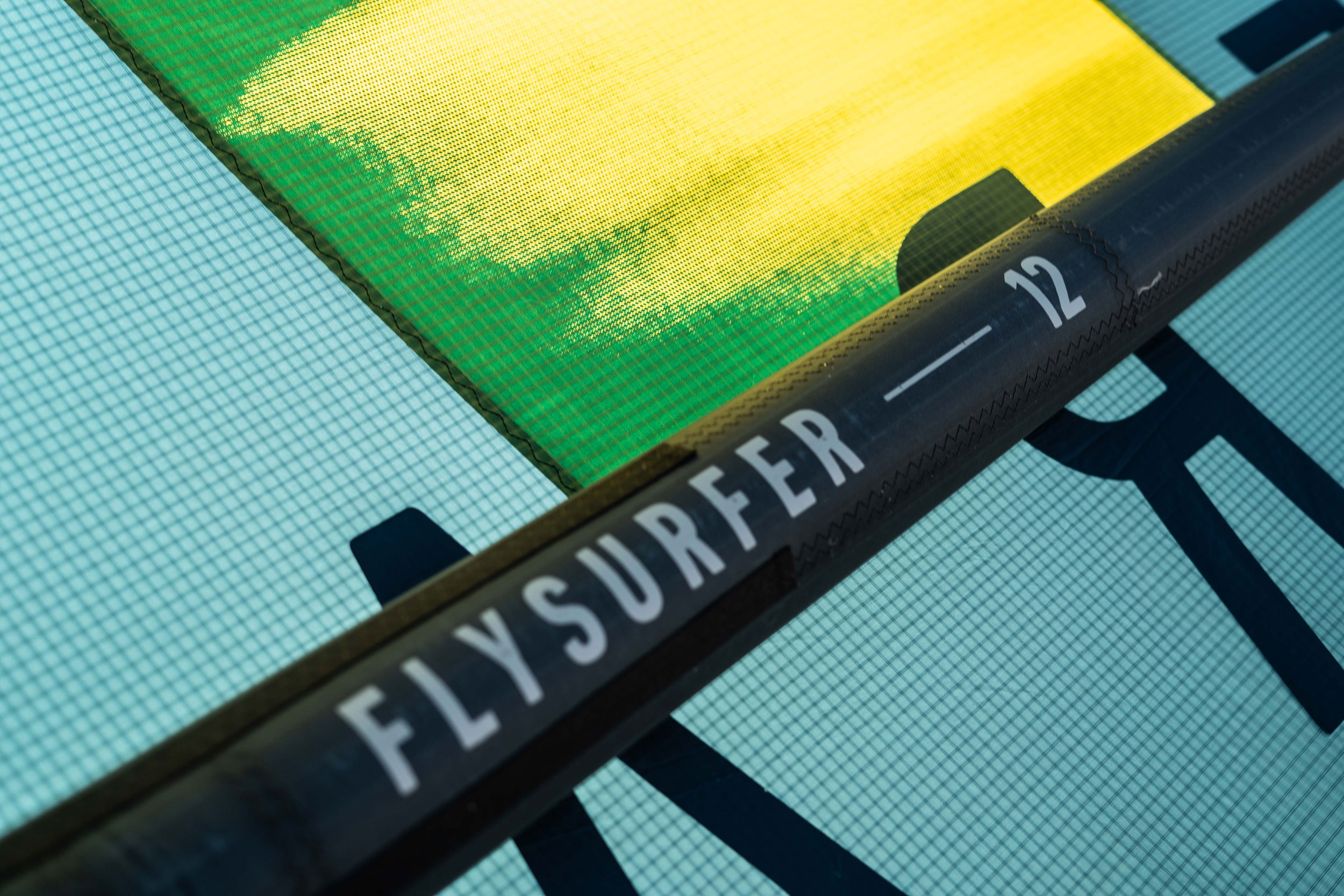
How does the material mix of the ERA behave in gusts of wind?
The ERA, equipped with soft, more elastic material, flies more comfortably in strong winds and always keeps its shape solidly supported by the six-point bridle. A lot also depends on the weather, the air pressure, and how hard the struts are inflated compared to the leading edge. Everything influences the flight behavior of a kite.
Evan Klijn could withstand gusts of up to 60 knots with the ERA, confirming our findings and choice of materials.
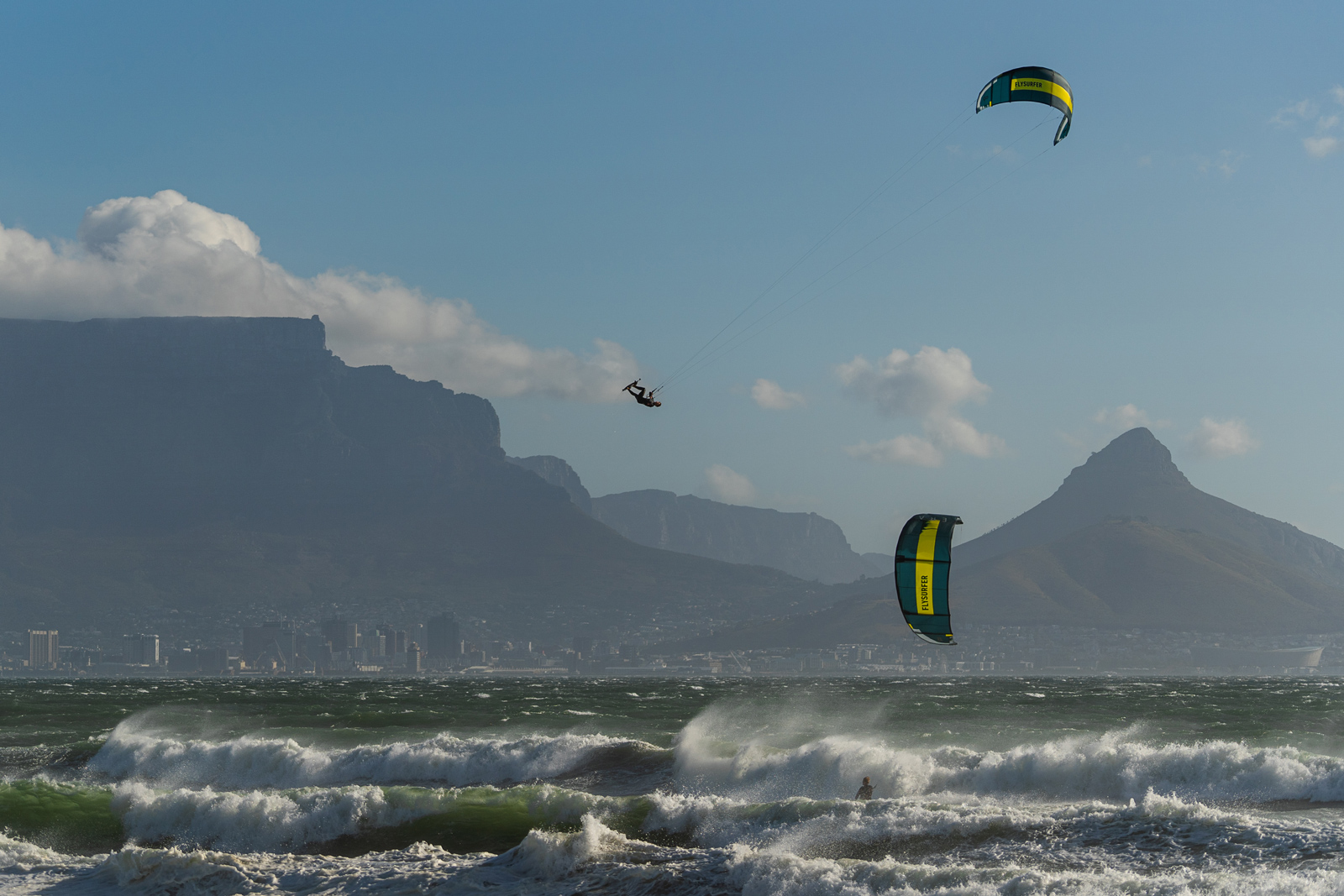
How does the air pressure affect the ERA’s performance?
The air pressure stated on the kite is defined for everyday freeriding use. In strong winds, we recommend inflating the ERA as hard as possible with a hand pump beyond the range specified on the kite. The air pressure ratio between the leading edge (front tube) and struts (cross tubes) can be varied for special applications.
We recommend a stiff leading edge and softer struts to chase altitude records. First, inflate the kite to the recommended PSI rating. Cut off the airflow by closing the clips of the free-flow hoses at the connection to the struts. Finally, increase the pressure of the leading edge. The kite can now generate more lift.
We recommend a softer leading edge and more rigid struts to improve the kite’s turning. This measure increases the twist. Inflate the kite as hard as desired with a hand pump and disconnect the free-flow hoses at the connection to the struts. Release the air slightly through the main valve. Use the hand pump pressure gauge to check that the pressure has not fallen below the recommended level.

Which bar and lines do you recommend pairing with the ERA?
The ERA was tested with line lengths of 9m to 24m. We recommend 23m lines and our FORCE Control Bar M for the entire range.
23m flying lines give the best compromise between jumping performance, bar feedback, and turning speed.
20m flying lines can be chosen for high jumps in strong winds.
17m flying lines should be selected if you want to make aggressive kite loops and increase the bar feedback.
Shorter flying lines are unsuitable for freeriding and should only be used by experienced kiters. Extremely short flying lines can cause the kites to deform and have a lasting impact on their flight characteristics.
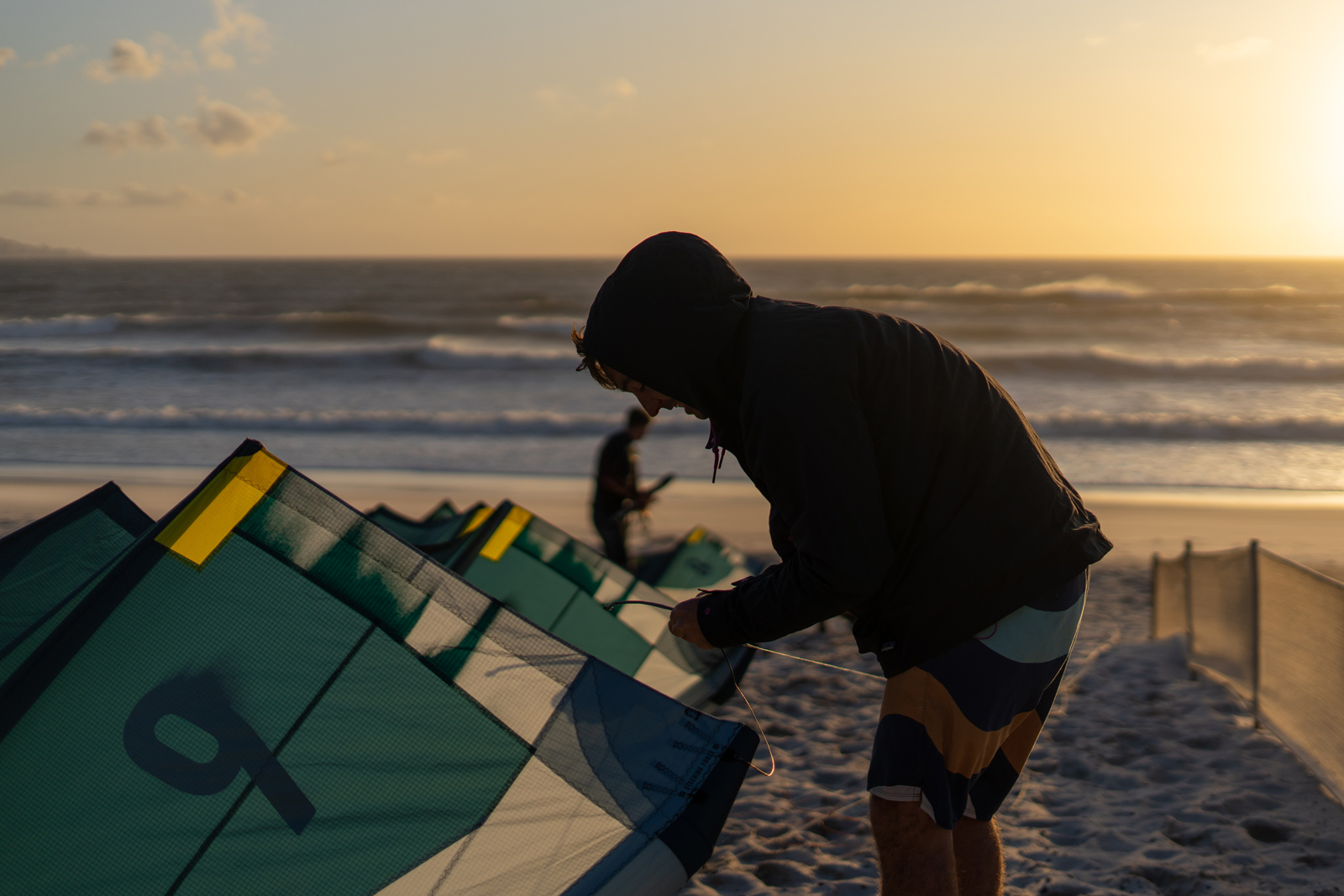
How does the back line adjustment option affect the flying characteristics?
In our extensive trimming and testing period with various riders on different spots, we concluded that an additional backline attachment point is necessary. Riders used to fly their kites with high bar pressure will want to move the back line forward. The slight adjustment has a significant effect on the bar forces. We didn’t add a third option because of it and to save as much weight as we can.
Choose the standard setting if you enjoy an overall well-balanced and enjoyable bar forces, which underline the swift and sporty character of the kite.
Choose the hard setting to increase the bar pressure and steering forces. Remove the “BR-line” including the “Back Main line” and loop it into the additional attachment point. Check the line plans for further information.
